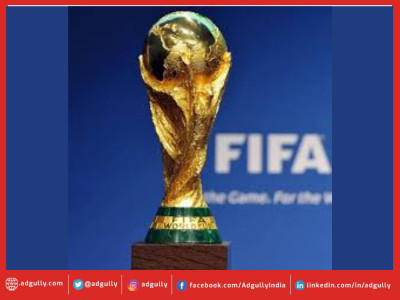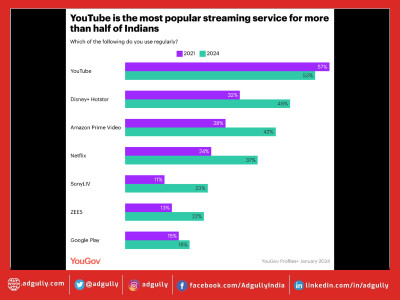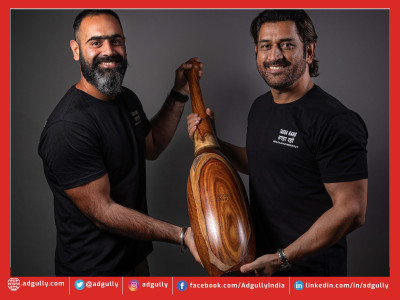TV still a go-to platform for watching FIFA World Cup
Majority still like to watch the World Cup matches on TV, according to a new research by the British communication regulator Ofcom. More than two-thirds (69%) said they’d be doing so on TV. In fact, TV is still the first choice device for all groups, with almost half overall saying they will only watch the tournament on TV and no other device.
Ofcom asked more than 2,000 people about how – or indeed whether – they intended to watch.
However, there was a difference in age groups when it comes to sitting in front of the telly – only half (51%) of young people aged 18 to 24 said they’d watch whole games live on TV, compared to three quarters (76%) of the older group of respondents aged 55 or older.
So what about other methods of keeping up to speed?
Twice as many younger respondents (18 to 24) as older respondents (55+) said they’ll keep up via updates on social media – 28% versus 14%. And almost three times as many younger people said they would be watching whole matches in public spaces such as pubs and big screens – 38%, compared to just 13% of those aged 55+ who said they planned to do this.
When it comes to listening on the radio, more people aged 25 to 34 than those aged 55+ said they’d be tuning in – 17% versus 11% respectively.
When it comes to which specific media and devices people plan to use, there was more of a clear age divide. For example, less than half (49%) of 18- to 24-year-olds said they’d watch the tournament on TV, compared to 89% of over-55s.
And conversely, more than twice as many of this younger age group said they’d be using a laptop or tablet – 29% compared to 14% of over-55s. There was also a difference in age groups for those who plan to keep up using their smartphone to watch games, with more than three times as many younger people than older people saying they’d be doing this – 34% versus 10%.
Asked about online and social media sources for keeping up with the tournament, again there was a clear age divide.
For example, three times as many younger people than older people said they’d be using ‘watch along’ channels on YouTube and other platforms – 12% versus 3%. And twice as many younger people said they’d be using dedicated apps to keep up with the action – 26% compared to 13% of those aged 55+.
And there was also an age divide in plans to use social media during the tournament, with more than twice as many younger people than older people saying they will be using social channels at the same time they’re watching the live action on TV – 42% compared to 16%.
While the viewing – and listening – landscape has shifted significantly over the years, our findings show that many fans are making the most of the varied ways in which they can keep up with the world’s biggest sports competition. If you’re planning to follow the World Cup, we wish you and your team all the best.
Things have come a long way since the first football World Cup in 1930, and since the first televised World Cup in 1954. While the previous tournament brought in an estimated total audience of more than 3.5 billion people, for this year’s tournament fans have the opportunity to follow live coverage and highlights via a range of media, from radio and TV (at home or in the pub) to following on social media and streaming on their smartphones.

















Share
Facebook
YouTube
Tweet
Twitter
LinkedIn